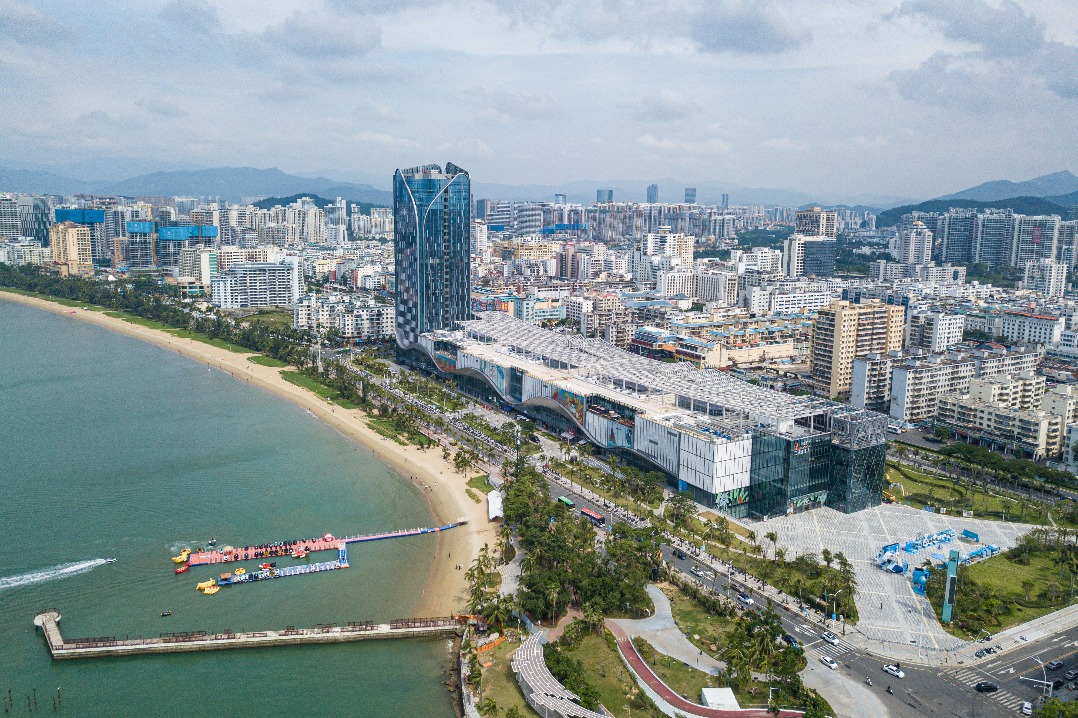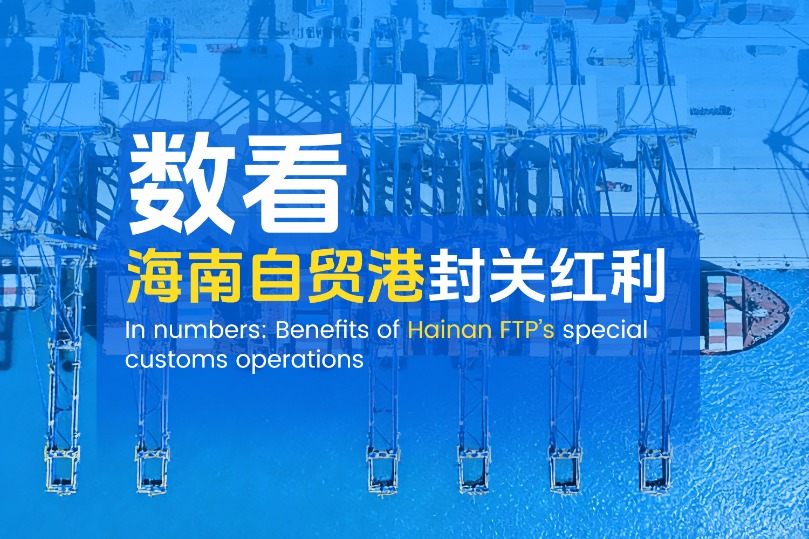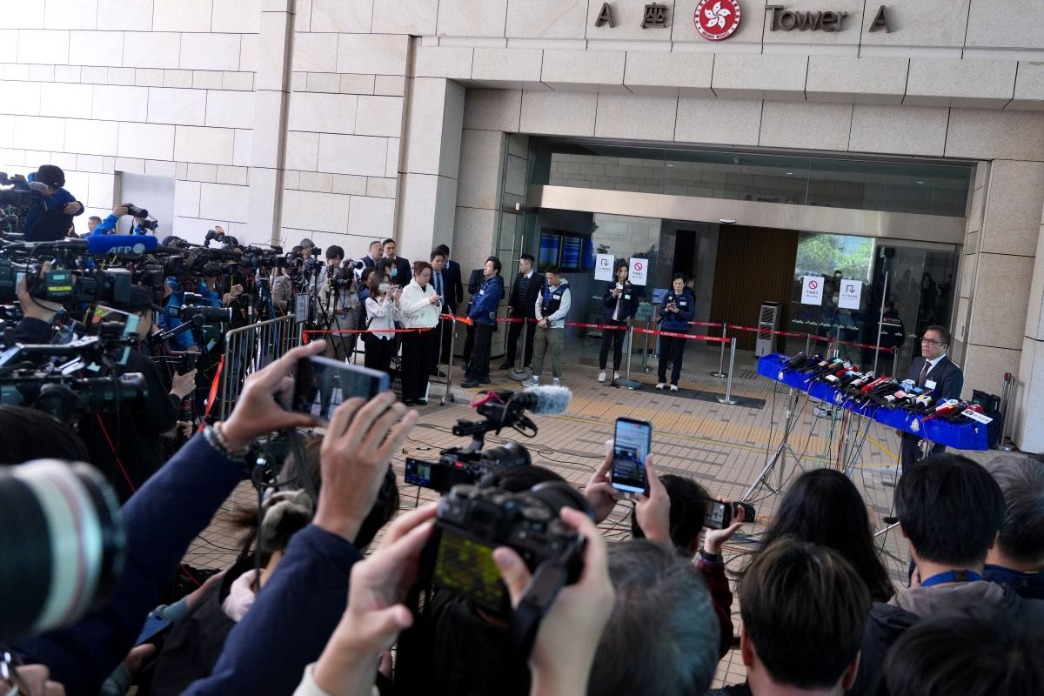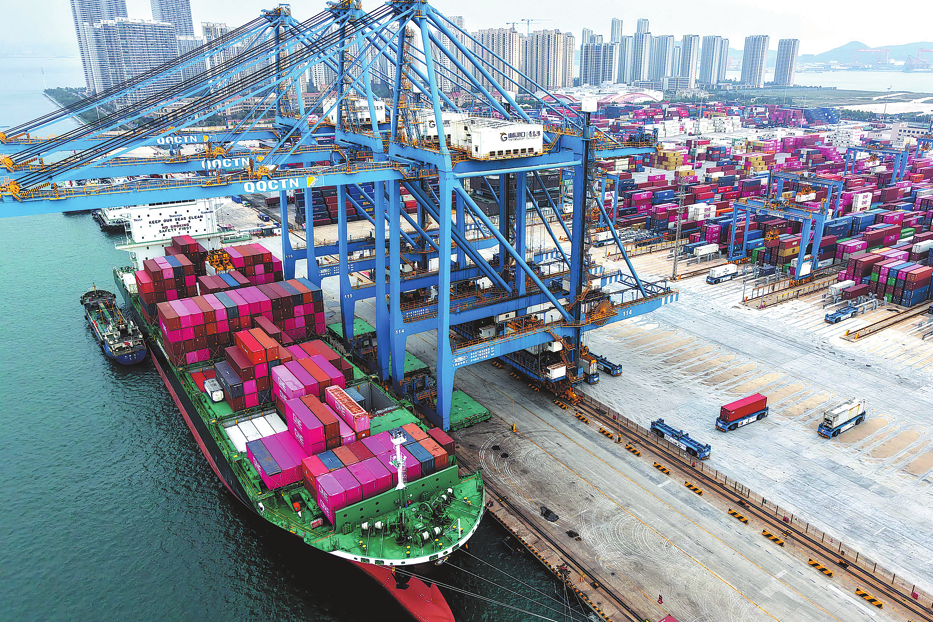Friendly neighborhood vital to China, Japan, ROK

Better ASEAN integration to promote development
Somewhat like "core Europe" and its periphery, the Association of Southeast Asian Nations needs to better meld its relatively new members — Cambodia, Laos, Myanmar and Vietnam — with the other members.
The initiative for better ASEAN integration will help promote more equitable economic development — the third pillar of the ASEAN Economic Community Blueprint 2025. But as integration deepens, there will be both winners and losers. In the short term, some sectors may lose their competitiveness when cheaper goods or services are imported. So governments need to reallocate resources to more efficient sectors, and compensate those that suffer losses.
Also, most of the ASEAN members need to avoid or move beyond the so-called middle-income trap, in which growth slows as the cost of labor rises, and comparative advantages shift. Since component manufacturing within value chains will likely evolve, ASEAN needs to be prepared to take advantage of this development, by adopting better competition policies, building an investment environment conducive to innovation, and securing financing for critically important infrastructure facilities such as highways, airports and railways, power grids and gas pipelines.
ASEAN's Master Plan on Connectivity is an important long-term initiative. And recent initiatives like the Asian Development Bank-supported ASEAN Infrastructure Fund could become an increasingly useful source of financing beyond 2015.
The ASEAN Power Grid, too, is an important network and so could be the planned Trans-ASEAN Gas Pipeline. At present, 13 bilateral pipeline connections cover more than 3,000 kilometers, with the project also offering opportunities for the private sector in terms of investment, financing and technology transfer.
Phou Sambath, head of the International Business Management Department at the Royal University of Phnom Penh, Cambodia
The views don't necessarily reflect those of China Daily.


































